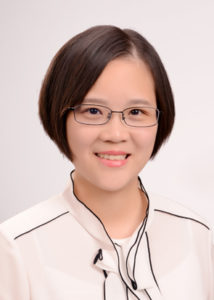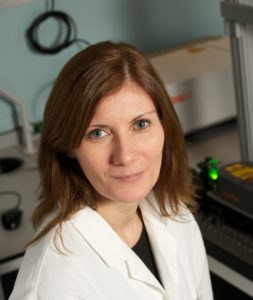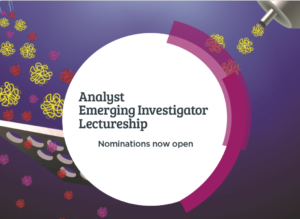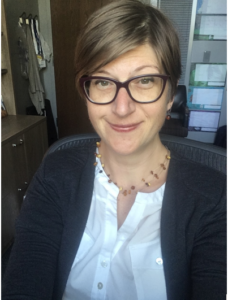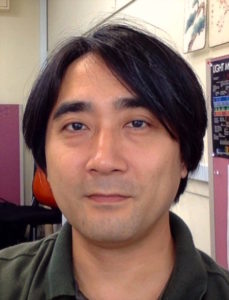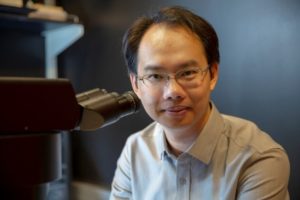The Royal Society of Chemistry is delighted to announce our inaugural free, online-only RSC Desktop Seminar Lectureship Series, featuring virtual talks by our recent journal lectureship winners. Each session will include an introductory talk by a journal board member as well as the lectureship winner. The RSC Desktop Seminar Lectureship Series is an effort to not only replace in-person research seminars during the current pandemic situation but to also expand access for researchers around the world looking to connect to some of the leading minds in the chemical sciences.
This webinar will allow researchers to hear from the Analyst Emerging Investigator Lectureship 2020 winner.
Date & Time: 23rd February 2021; 8am GMT/4pm CST
Speakers
- Jaebum Choo (Chung-Ang University) – “Application of nanodimple-based SERS sensors for ultrasensitive detection of COVID-19 biomarkers”
- Yi-Lun Ying (Nanjing University) – “Nanopore Dynamic Chemistry for Single-Molecule Sensing”
Programme
16:00 CST Introduction from Analyst Executive Editor, Philippa Ross
16:05 CST Application of nanodimple-based SERS sensors for ultrasensitive detection of COVID-19 biomarkers – Jaebum Choo
16:25 CST Questions
16:30 CST Nanopore Dynamic Chemistry for Single-Molecule Sensing – Yi-Lun Ying
17.10 CST Questions
17.25 CST Closing remarks
Featuring:
Professor Jaebum Choo
Jaebum Choo is a Professor in the Department of Chemistry at Chung-Ang University. He obtained a 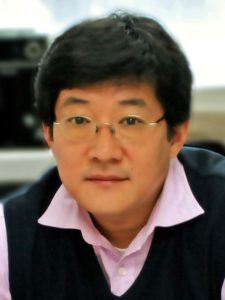 PhD in Molecular Spectroscopy at Texas A&M University in 1994. From 1995-2019, he was a faculty member of Hanyang University. He was a Director of the “Center for Integrated Human Sensing System” (ERC, 2009-2013) and a BK21+ Director of Bionano Fusion Technology Program (2013-2019) supported by National Research Foundation of Korea. Professor Choo became a Baik Nam Distinguished Professor in 2015 due to his excellent academic achievements. His main research areas are SERS, biosensors, micro-devices and molecular spectroscopy. His current research programs are centered on the development of highly sensitive optical nano-sensor systems for rapid and sensitive in vitro diagnostics. He has given more than 130 invited lectures in the USA, Europe and Asia, published over 250 research papers in peer-reviewed journals and contributed six book chapters.
PhD in Molecular Spectroscopy at Texas A&M University in 1994. From 1995-2019, he was a faculty member of Hanyang University. He was a Director of the “Center for Integrated Human Sensing System” (ERC, 2009-2013) and a BK21+ Director of Bionano Fusion Technology Program (2013-2019) supported by National Research Foundation of Korea. Professor Choo became a Baik Nam Distinguished Professor in 2015 due to his excellent academic achievements. His main research areas are SERS, biosensors, micro-devices and molecular spectroscopy. His current research programs are centered on the development of highly sensitive optical nano-sensor systems for rapid and sensitive in vitro diagnostics. He has given more than 130 invited lectures in the USA, Europe and Asia, published over 250 research papers in peer-reviewed journals and contributed six book chapters.
Scientific talk: Application of nanodimple-based SERS sensors for ultrasensitive detection of COVID-19 biomarkers
Dr Yi-Lun Ying
Dr. Yi-Lun Ying received her B.Sc in Fine Chemistry (2009), and Ph.D in Analytical Chemistry (2014)
from East China University of Science and Technology (ECUST). After a doctoral exchange study in the University of Birmingham (2014), Dr. Ying carried out her postdoctoral research on nanopore single-molecule analysis and nanoscaled biosensors at ECUST. Since 2016, she started her independent work on the nanopore electrochemistry at ECUST. In 2019, she was promoted to professor at State Key Laboratory of Analytical Chemistry for Life Science in Nanjing University and also acted as a co-PI at the Chemistry and Biomedicine Innovation Center.Dr. Ying currently focuses on developing electro-optical nanopore sensing modules for addressing peptide/protein sequencing and revealing the heterogeneous structure-activity relationship of the single biomolecules. To push the detection limit of the electrochemical measurement, her team is currently exploring the advanced artificial intelligence for nanopore arrays and innovating new sensing mechanisms to reserve the richest single molecule dynamics.
Scientific talk: Nanopore Dynamic Chemistry for Single-Molecule Sensing
We hope that you can join us for this exciting event.



